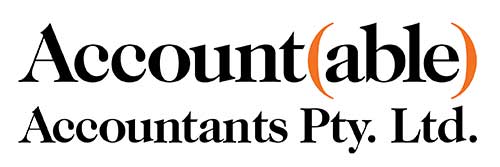WHAT IS AN OFFSET SAVINGS ACCOUNT?

What is a Savings Offset account?
This is a savings account you have with your bank, that is linked to your loan. So when the bank calculates interest costs for the month on the loan, they offset the loan balance to what you have in the offset savings account, so interest is only charged on net amount owing (which the bank will calculate this on each day’s loan and offset balances over the month).
Example – you have a loan of $300k, and is being charged at 6% annually. So over the year, normally the interest would be $18k. But if you had $100k savings to offset this loan, then each month, the bank would offset this $100k against the $300k loan, so only charge you interest on $200k. So the interest cost for the year would drop to $12k (o save you $6k).
Which with higher interest charges now, people could save some significant interest costs.
Be aware that the bank will usually charge an annual fee for this offset account (which can sometimes get you a lower interest rate too, if it’s a package fee). So the interest saving, needs to be compared to the bank fee charged.
Interest benefits
So having it in an offset, saves you pay interest of loan interest rates (say its 6%). But if you had this in the bank savings account, the interest you would receive would be a lot lower – say 2%. So effectively, you are 4% better off in this scenario. Which you would also pay tax on this income received, so another disadvantage.
Please note that any loans on a fixed interest rate, usually can’t have an offset against them
Why not just pay it off the loan?
If the loan is a tax deductible loan (ie rental property, business loan, etc) you don’t want to pay down, then withdrawal funds from the loan, as then that portion of loan withdrawal, will be treated as a personal loan (if used for personal use). So no longer will that loan be 100% tax deductible.
So by using the offset account, the actual loan will still remain fully as a loan for the rental property, etc – as you haven’t withdrawn funds on the loan for personal use.
Example – say you are saving (or saved) for a home renovation of $100k – but the work can’t be completed until next year. So by using the savings offset, will help reduce interest costs on your loan in the meantime. But then you can withdrawal the funds out of the savings offset, just like you would do with a normal bank account.
How a business could take advantage of this?
When the business has surplus funds for a period of time (ie doesn’t need to pay the BAS until next month), then the funds in the business could be withdrawn for a few weeks, and then pay back into the business at a time later, when the business needs cashflow.
By Pat Hoey
